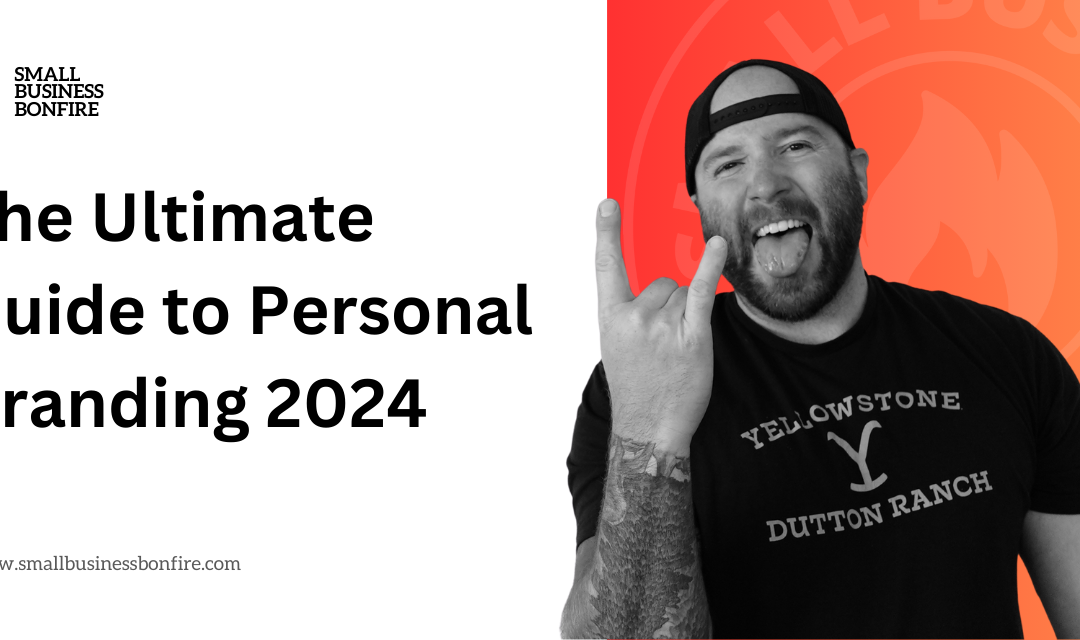Building a personal brand takes time and effort, but the following steps can help you get started:
Step 1: Define Your Brand and Develop a Goal
To define your brand, start with introspection.
Ask yourself:
- Who am I?
- What do I stand for?
- What do I want to be known for?
- What is my vision?
- What are my values?
- What are my goals?
- What are my strengths?
From there, start to outline who YOU are and what you want to be known for.
Step 2: Establish Your Online Presence
Having an online presence is crucial for personal branding.
This includes:
- Creating up-to-date social profiles
- A personal website
- A well-written blog
Get started by updating your current social profiles.
Make sure your social media profiles:
- Feature a consistent visual brand, including the same background image, headshot, bio, etc.
- Highlight your achievements and projects
- Speak to your audience (who you want to help).
From there, you can build a streamlined website and drive traffic via your social posts.
Step 3: Produce Valuable Content
Creating valuable content is a cornerstone of personal branding.
Share your insights, stories, experiences, and client success stories.
Focus on delivering quality content that offers solutions and value to your followers.
- Write blog posts or articles relevant to your niche.
- Share insights on social media
- Participate in podcast interviews (or start your own).
- Create videos or webinars to educate and engage.
Content is a powerful tool to showcase your expertise and build a loyal audience.
Pro Tip: You can never give away too much value. Don’t hold back.
Step 4: Engage With Your Community
Building a brand is not just about broadcasting; it’s about interaction.
Here are a few ways you can interact with the community you’re building:
- Respond to every comment on your social posts
- Engage with other posts on all social platforms
- Attend live networking events and engage with your peers
- Offer help and support where you can
- Join or create online groups that align with your brand
By engaging with your community, you can build meaningful relationships and establish yourself as an expert in your field.
Step 5: Continuously Learn and Adapt
The digital landscape and industries are constantly evolving.
Stay relevant by:
- Keeping up-to-date with trends in your industry.
- Adopting new tools and platforms where appropriate.
- Upgrading your skills with courses or certifications.
- Asking for feedback and making the necessary adjustments.
- Following this field guide (woohoo)!
A commitment to learning and adaptation shows your audience that you’re a forward-thinking leader in your field.
Example: I learned recently that “cheat sheets” on LinkedIn perform better. Guess what? I’m now posting cheat sheets and monitoring the data.
Keep your ear to the ground.









